Tag: my art
-
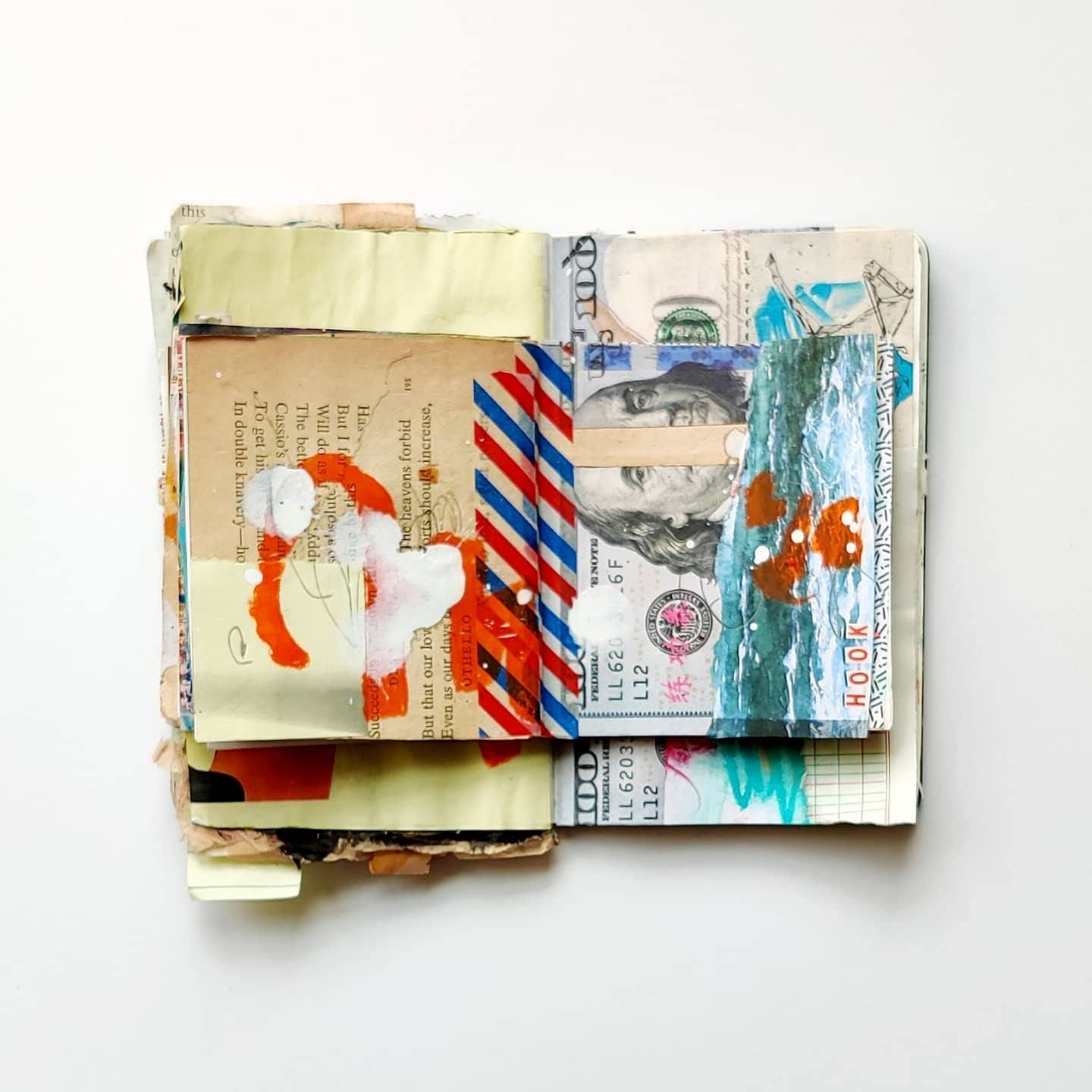
Art Journaling 101
•
Art journaling is, at its simplest, creating visual art in a book. Also called an artist sketchbook, visual diary, or art diary, art journals have been used by artists for centuries for a variety of purposes.
-
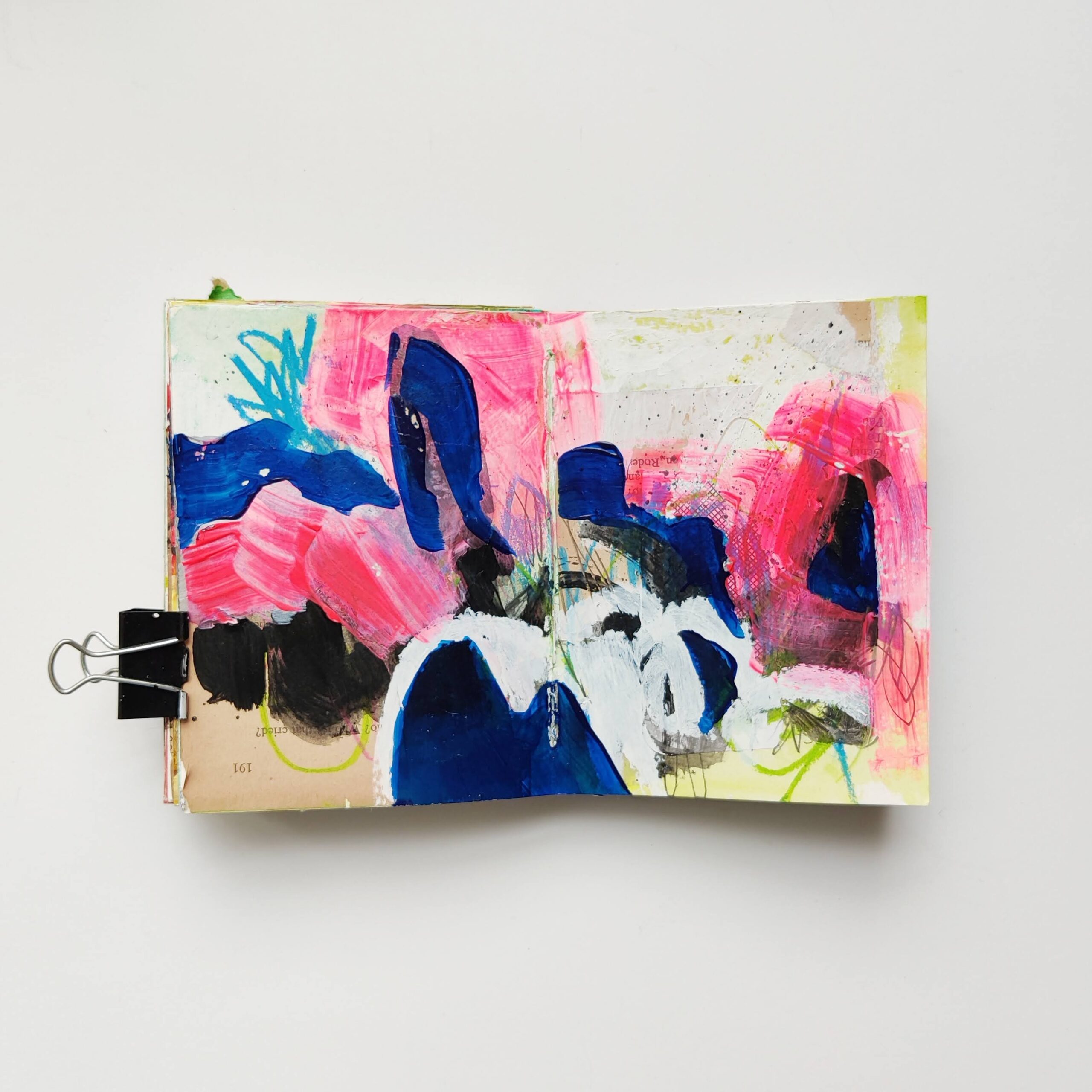
Baltimore Journal II
•
Yesterday, I flipped through my most recently finished journal. Some pages I love and some I don’t — but that’s exactly as it should be.
-
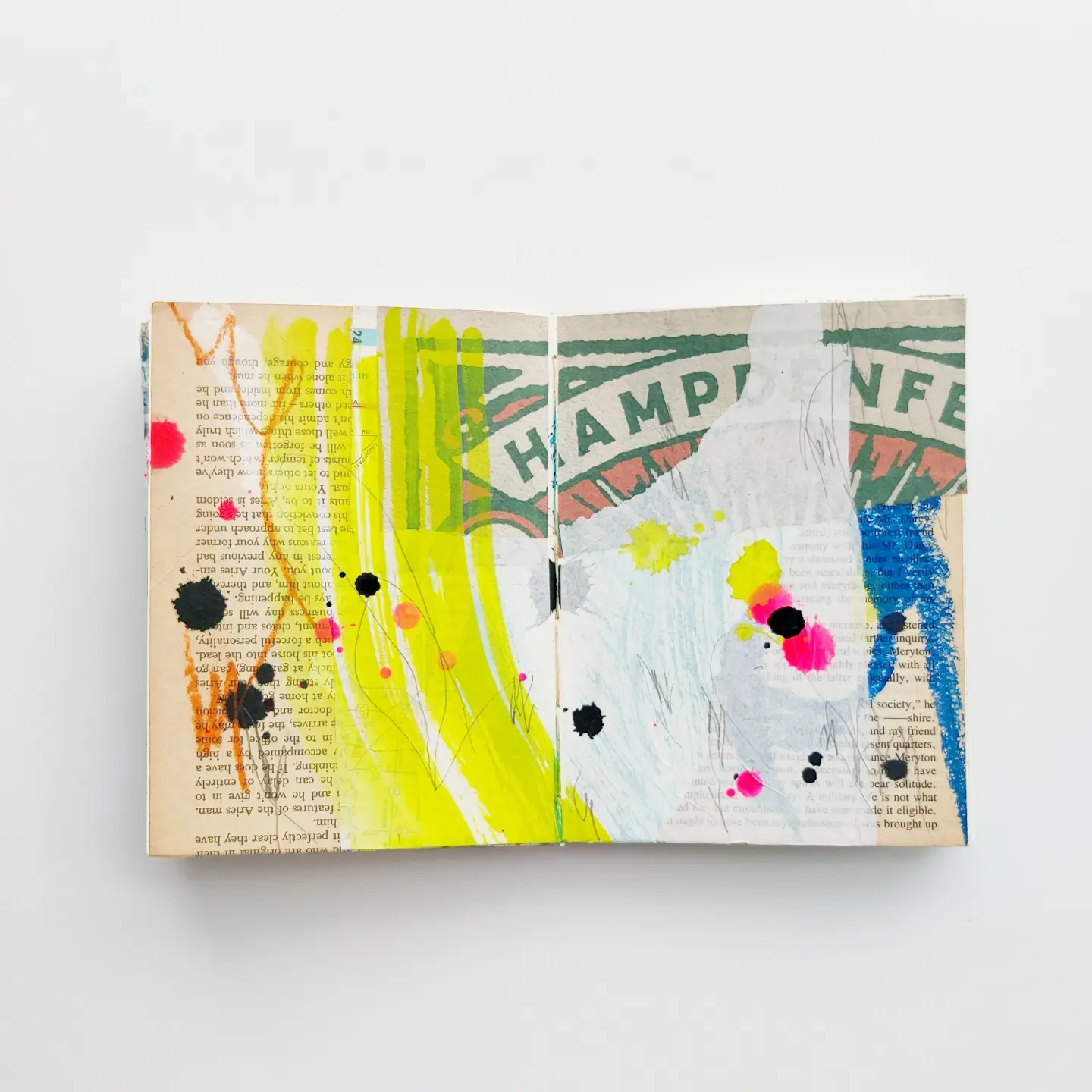
Hampdenfest & Ohio
•
Here are two recent art journal pages, made literally back to back. I really love the simplicity, color palette, and composition of both — and also feel like they complement each other well as individual pieces.
-
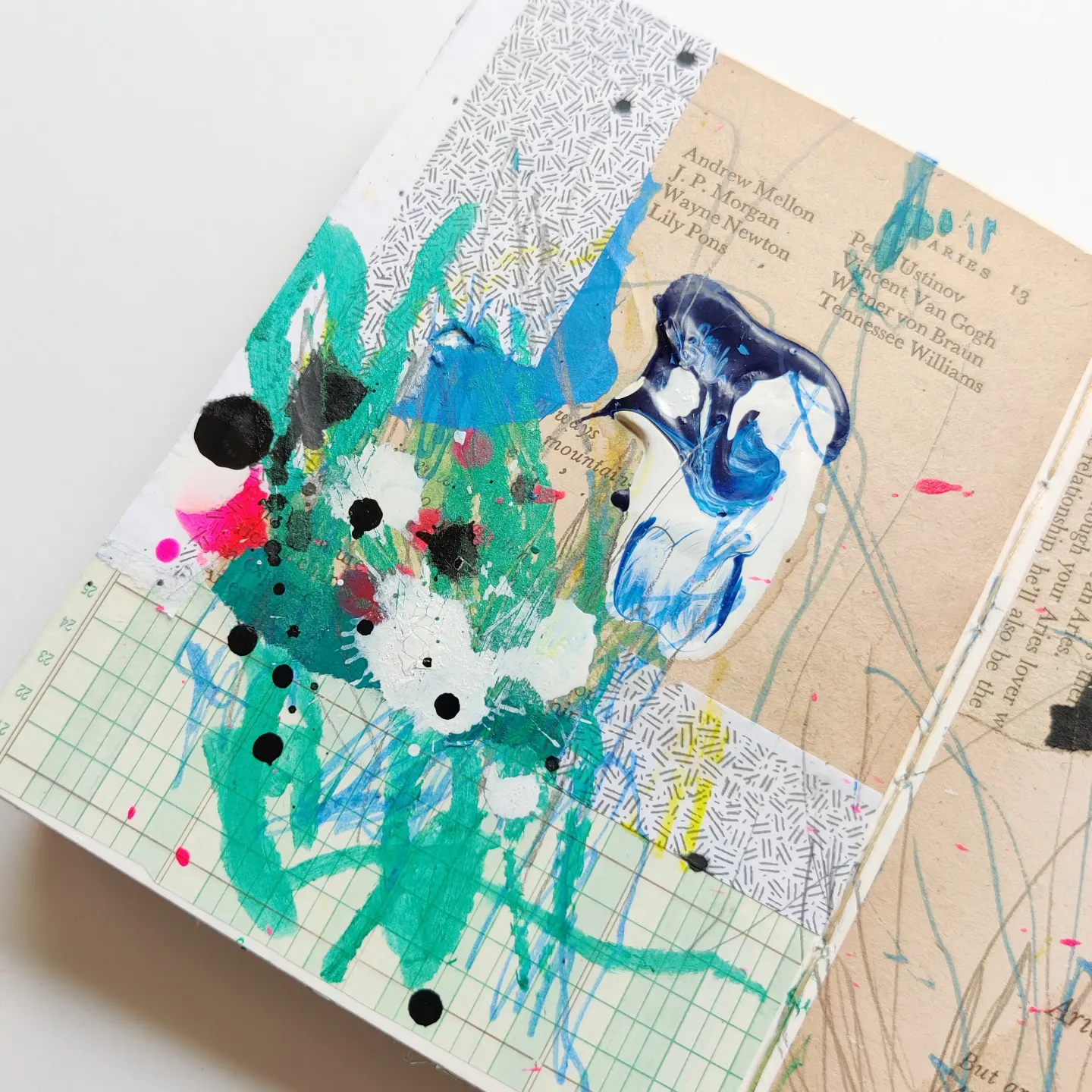
Capturing the Chaos
•
Since I first began art journaling, the pages have been a place to express the ups and downs of my life.
-

Rust & Olive Branches
•
I pulled together images from last year’s trip to Tunisia (the olive branches at the bottom of the collage), a rusty sheet of metal, images of my own mixed media art, and part of an old family photo.
